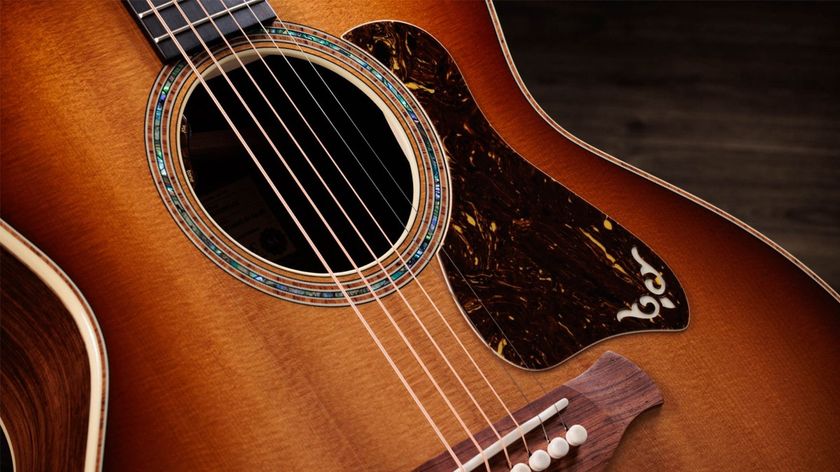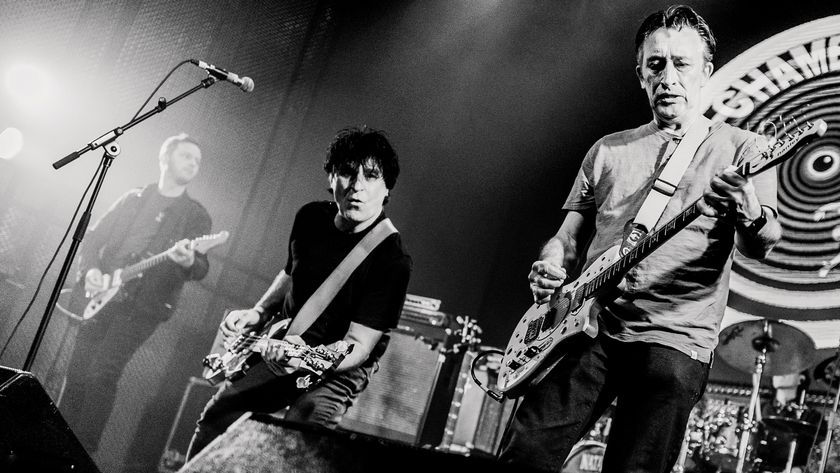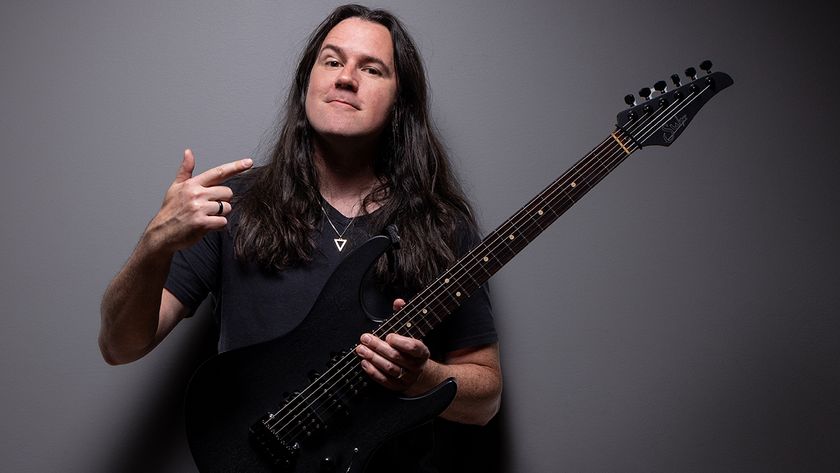The Beauty of Used Modeling Amps
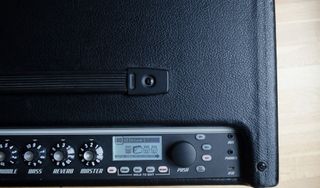
With the rise of good-sounding, low-priced digital modeling amps, those of us with GAS have a unique opportunity and challenges in buying. Modeling technology is improving rapidly, so do you buy new or used?
Unfortunately, the same paralysis that affects us when it comes to choosing a new computer or smartphone can take over when choosing among the current crop of modeling amps. It’s always a choice of buying the current model, waiting for the one just over the horizon, or getting a used model.
Everybody has his or her own sweet spot. Because the sound and range of options in these amps is constantly improving, it’s tempting to wait for that elusive next model that will be perfect—until it’s replaced by the model after that.
It does seem like there is a different purchasing approach operating here, one following that of computers and cell phones. Instead of buying a tube amp and staying with it for years, it’s more like a 3-year cycle of upgrading to the newest version. There don’t seem to be “classic” modeling amps the way there were classic tube amps in the past. And perhaps we need to get over that.
However, I’m also cheap at heart. And for folks like me on a budget, there are incredible bargains to be had on the back of this purchasing paradigm. Digital modeling amps can see big price drops as each new version is released and buyers rush to get the latest version.
So today I’m going to talk about my latest sweet spot, the used modeling amp.
The trick is to find one that sounds good and works dependably. And that trick is getting easier to perform every day.
Get The Pick Newsletter
All the latest guitar news, interviews, lessons, reviews, deals and more, direct to your inbox!
Let me compare:
In 1984, I bought a three-year old Fender Princeton Reverb with footswitch for $100. That’s around $240 in today’s money. The amp sounded (and still sounds) great. It outputs around 12-15 watts into a 10-inch speaker. The amp is a classic and includes—let’s count them—exactly two effects: reverb and tremolo. The whole shebang is portable, weighing 31 pounds.
Meanwhile, a few months ago, I bought a three-year old Fender Mustang III, version 2 with a 2-button and 4-button footswitch for $135. It has a model of the Princeton Reverb that also sounds really good. So as a baseline, I can get something that sounds about as good as my old Princeton Reverb, for a little over half the cost in current dollars of what I paid back then.
But as the ads say, “Wait, there’s more.”
My Mustang III puts up to 100 watts into a very nice 12-inch Celestion speaker. The amp includes 16 additional amp models, numerous speaker/cabinet combinations, dozens of effects, 100 user-definable presets, USB input, headphone output, an effects loop and balanced XLR outs, and a built-in tuner—all the bells and whistles that computer modeling gives you access to. And the whole shebang weighs just 5 pounds more than my old Princeton Reverb.
Of course, none of this would matter if it didn’t sound decent. But modeling amps have, at least in the more recent and well-designed ones, gotten to the point where they are good enough for me, and sonically outperform some tube amps in their price range. One of the things that they finally shine at is sounding good both at home and on the stage—in other words, unlike most tube amps, they don’t have a single sweet spot for the volume.
Here’s what I considered in choosing a modeling amp. Does it sound good at home? Is the sound still good at stage volumes in band settings and is the build reliable enough that gigging musicians use them? For all these, the answer was “yes.” The idea that today we can get a decent-sounding amp for around $400 new and under $200 used, that has such a wide variety of sounds, can go from bedroom to stage, is lightweight and portable, and includes a ton of usable built-in effects is awesome.
Yes, I love my original blackface and tweed amps, and I wouldn’t trade them for anything, as they are inspiring to play. But the current generation of modeling amps are good enough to make even a tube-lover like me enjoy the time I spend playing through them. And the Fender Mustang is just one series, as various manufacturers produce excellent modeling amps. It becomes a matter of finding which one suits your needs the best. Some makers excel at recreating their own historic tube amps, while others focus on simple plug-and-play modeling amps, and others encourage deep diving through layers of menus to get the most out of each amp model.
Of course on the downside, my modeling amp will have less of a resale value than a tube version, and certainly less than my old Princeton Reverb, which is now worth over $1,000 if eBay is to be believed.
Such is the weird world of amps, where technology is turning things upside down. Old amps with limited features go up in price while new amps with hundreds of features go down. But that’s one conundrum I think I can explain. The design and performance of modeling amps have continued to improve with time, while those of tube amps haven’t. Let’s face it: lots of tube amps designed in the Fifties, Sixties and Seventies were darn near perfect back then and remain that way today (At least if you can find decent replacement tubes.)
My takeaway from all this is that modeling amps may not be a great long-term investment (how much is your old computer worth?) and most haven’t gotten that last bit of harmonic richness, touch sensitivity, and dynamics that a really good and well-maintained tube amp can get. But you get a heck of a lot for your money, especially if you don’t mind buying used. And honestly, I don’t play guitar to increase my financial portfolio.
Getting a used, extremely portable, 100-watt amp with tons of effects for the price of a pedal or two? Come on. That’s no drain on your brain or your wallet. And who knows, along with USB and WIFI compatibility, next year’s version may connect to Skynet.
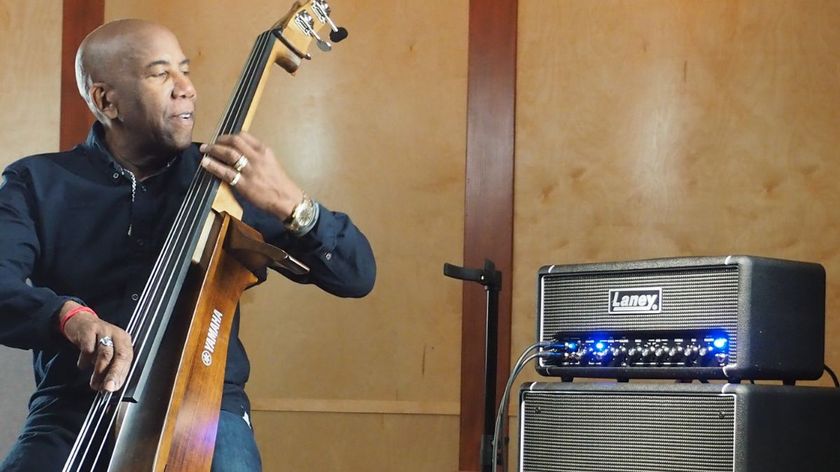
“It’s a game-changer for me”: Laney and Nathan East team up for a versatile signature bass head that ends a 40-year wait for the session legend
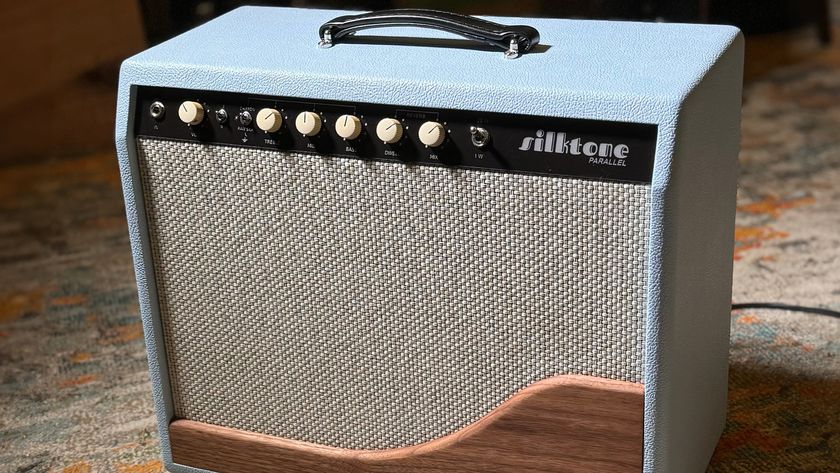
“I got a long text message praising the amp and talking about tone. I’m like, ‘Holy crap… I think this is Joe Perry!’” Why Silktone’s tube amp range is rapidly gathering big-name fans
